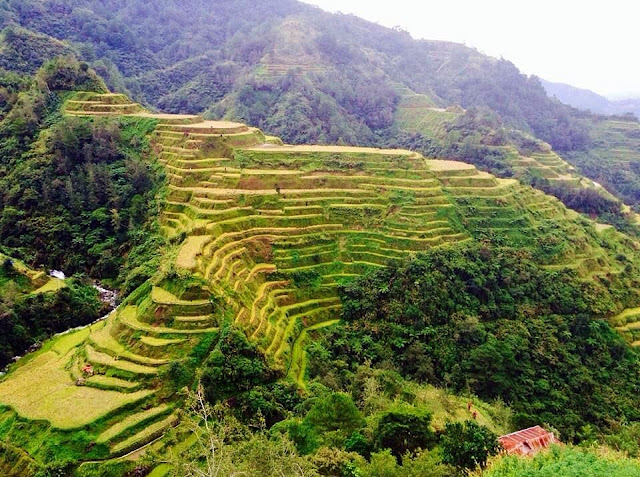West Africa Series: Ghana
Title: Exploring Ghana's Rich Tapestry: A Journey Beyond History
Embarking on the Africa Grand Voyage presented a unique advantage – the insightful guidance of a lecturer. Ahead of my visit to Ghana, I delved into the nation's rich history, from pre-colonial kingdoms to post-independence struggles and achievements. Armed with this background, my journey took on a more profound meaning as I sought to connect with the present-day Ghana.
As I stepped onto the vibrant land, I felt the echoes of its historical tapestry. However, my aim was not to dwell solely on the past but to unravel the layers of contemporary Ghana. The lecturer's prelude proved invaluable, setting the stage for a more nuanced exploration.
Our adventure kicked off in Takoradi, a bustling port city that stands as a gateway to the economic heart of Ghana. As I traversed through its lively streets, the air was filled with the palpable energy of trade and commerce. My senses were overwhelmed by the vibrant outdoor markets that sprawled across every street and block. The labyrinthine market promised a treasure trove of goods, creating a sensory kaleidoscope. Despite government efforts to centralize the market into Takoradi Market circle, ongoing construction hinted at a seemingly endless project.
Venturing beyond Monkey Hill and wetlands, we reached Sekondi, Takoradi's twin city. It revealed itself as a metropolis with a unique blend of history. The drive along the coastal road provided a glimpse into both the past and the present. We passed rows and rows of weathered shacks and dilapidated housing before reaching the European Town, a living museum of colonial landmarks. The Governor' Office the Post Office and other government colonial structures stood as stoic witnesses to an era shaped by European influence.
Our journey continued to the Bosomtwi-Sam Fishing Harbor, a pivotal hub that offers a firsthand look into the heartbeat of the community – fishing. The lively atmosphere and rhythmic bustle underscored the significance of this trade in the lives of the local people.
Here, the boatyard was a hive of activity, with fish being unloaded and prepared for the market. Part of our visit was to see the ice-making process. A crucial component in preserving the day's catch, this behind-the-scenes activity shed light on the meticulous preparations that go into sustaining the livelihoods of those dependent on the fishing industry.
As we observed the intricate dance of fishing boats returning with their bounties, it became apparent that fishing is more than an occupation here; it is a way of life. The visit provided a poignant glimpse into the resilience and resourcefulness of the community.
One of the most intriguing aspects of our visit was the sight of women selling an array of goods - from sewing machine, bananas, eggs, coconuts, cans of palm oil, etc. Expertly balancing everything atop their heads, showcased a profound embodiment of strength. These women, navigating life with poised and determination, added a poignant layer to my West African experience, leaving me in awe of their resilience.
Finally, exploring the Cape Coast Castle, a haunting reminder of the transatlantic slave trade, juxtaposed against the lively beaches, epitomized the nation's ability to reconcile its history with an optimistic present. Gazing at the horizon, I marveled at the resilience and hope that define Ghana's contemporary identity.
PHOTO GALLERY
NOTE: All photos by the author











Love this narrative about your travel.
ReplyDelete